Discover the beauty of desert escapes, in the USA and beyond
A new book, ‘Desert Escapes’, from Lannoo Publishers, celebrates the solitude of the desert and extraordinary places to stay
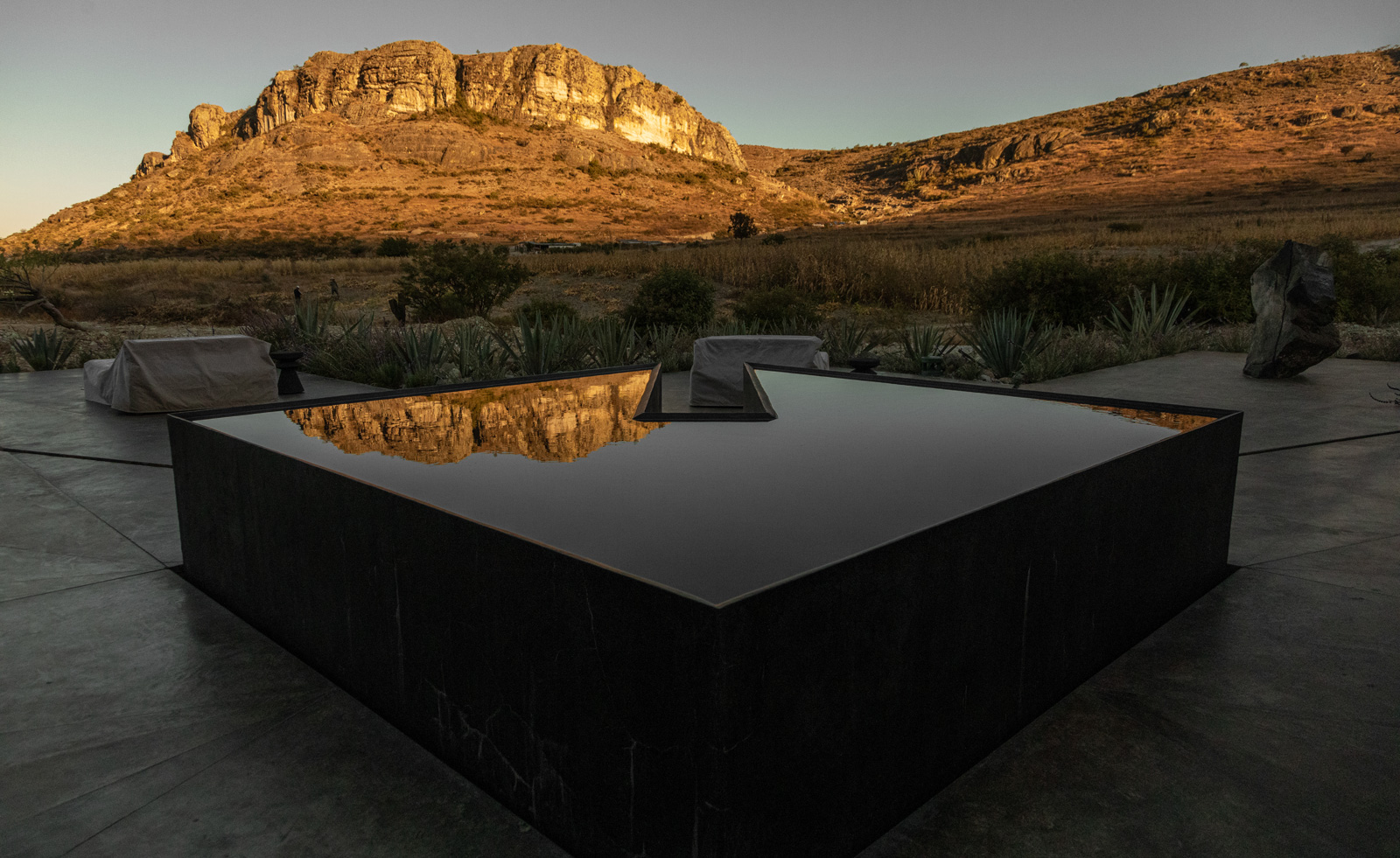
The vast beauty and stillness of the desert are celebrated in new book Desert Escapes, which explores both unique architecture and landscapes, showcasing extraordinary places to stay across the world.
Idyllic locations in North and South America – from Camp Sarika by Amangari in Utah to El Cosmico near Marfa, Texas, and Folly Joshua Tree in California – join spectacular spots in Africa, Asia, the Middle East, Europe and Australia in this tome from Karen Gardiner.
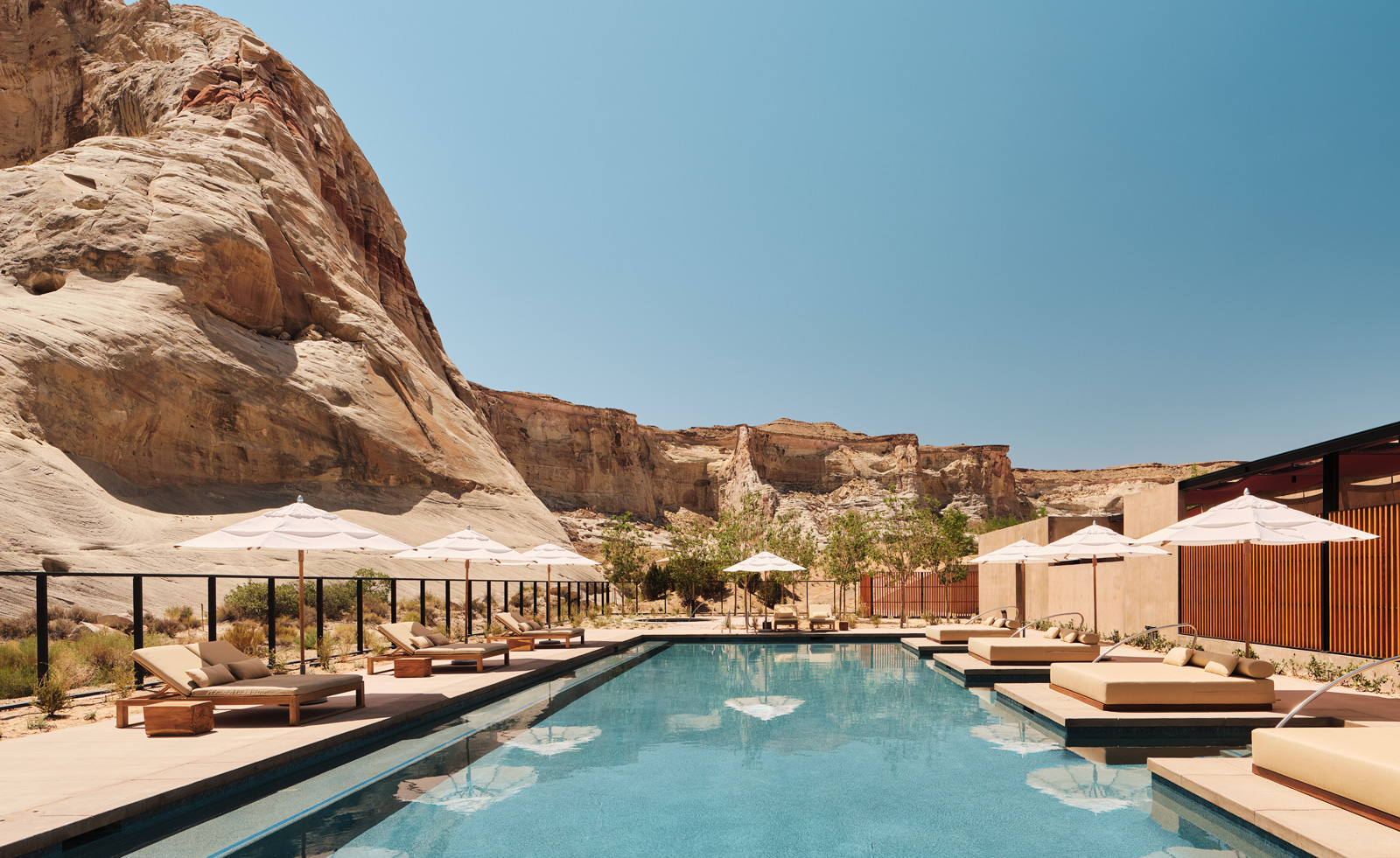
Camp Sarika by Amangir, in Utah, USA
‘I think that the challenge of building in such extreme environments invigorates the designs,’ says Gardiner of what inspired her curation. ‘Deserts are dramatic but unforgiving: building in them is not easy so the challenge pushes designers to excellence. I think about how the desert is so often a site of experimentation, from scientific pursuits to cult movies and contemporary art festivals. Desert architecture is a continuation of this. In the desert, you are at least somewhat isolated, which can feel liberating and offer more space for creativity and invention.’
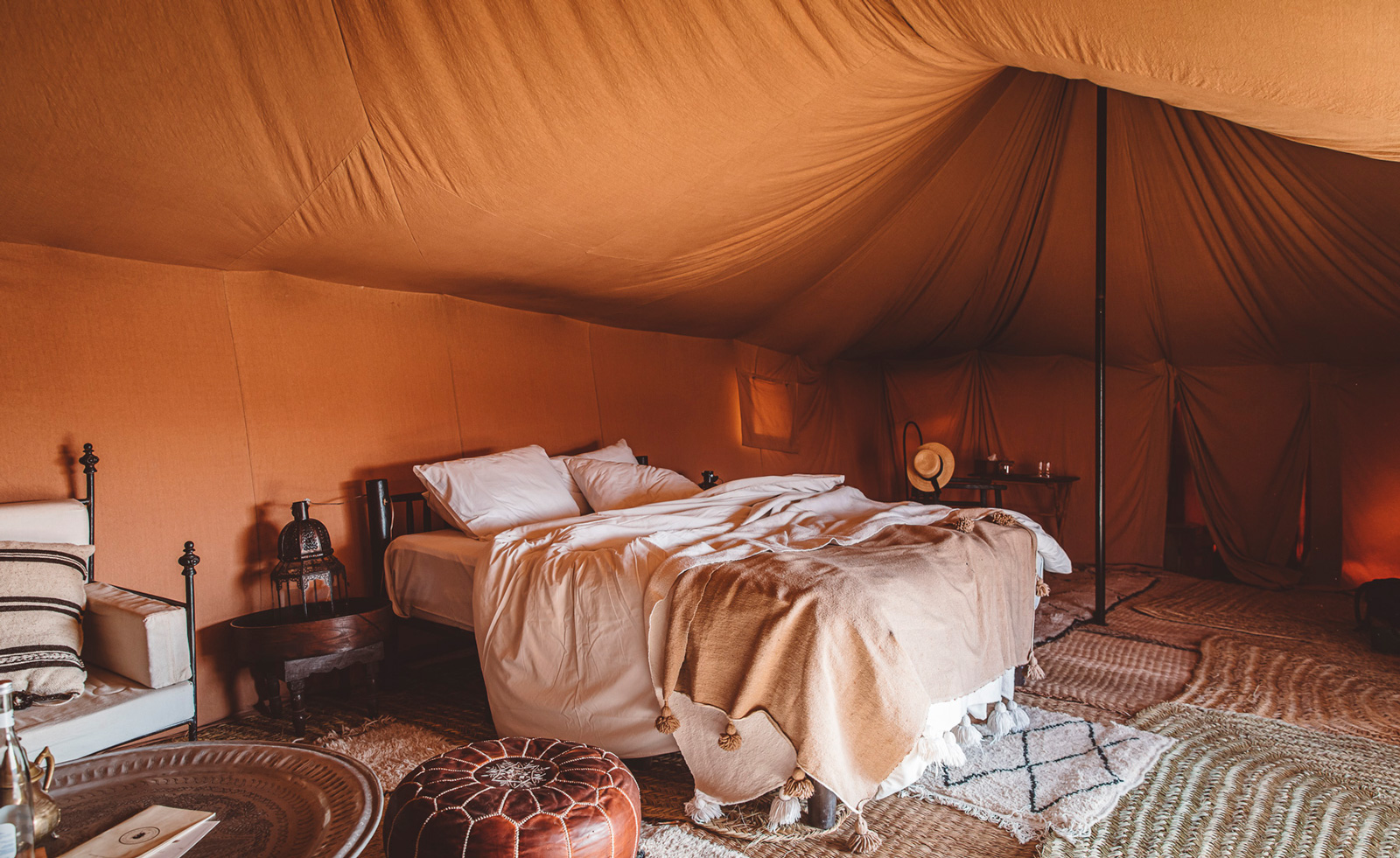
Scarabeo Camp, Agafay, Morocco
The book’s photography eschews the notion of the inhospitable desert, instead illustrating the striking light and innovative architecture. ‘Many of the properties make use of earthy tones and natural materials as a way of blending into the landscape, complementing the beauty of the desert rather than overwhelming it –often there is no clear boundary between the property and their surrounding environment,’ adds Gardiner.
‘And, through natural light-filled, airy interiors, they emphasise space and solitude. The most interesting to me are properties that are in conversation with the place, such as those that use traditional local materials (Adrére Amellal, Egypt); build on Indigenous techniques (Casa Silencio, Mexico); are inspired by the cultural heritage of the place (Longitude 131°, Australia) or by its endemic flora (Desert Whisper, Namibia). I also think that the starkness of the desert influences a common minimalist style.’
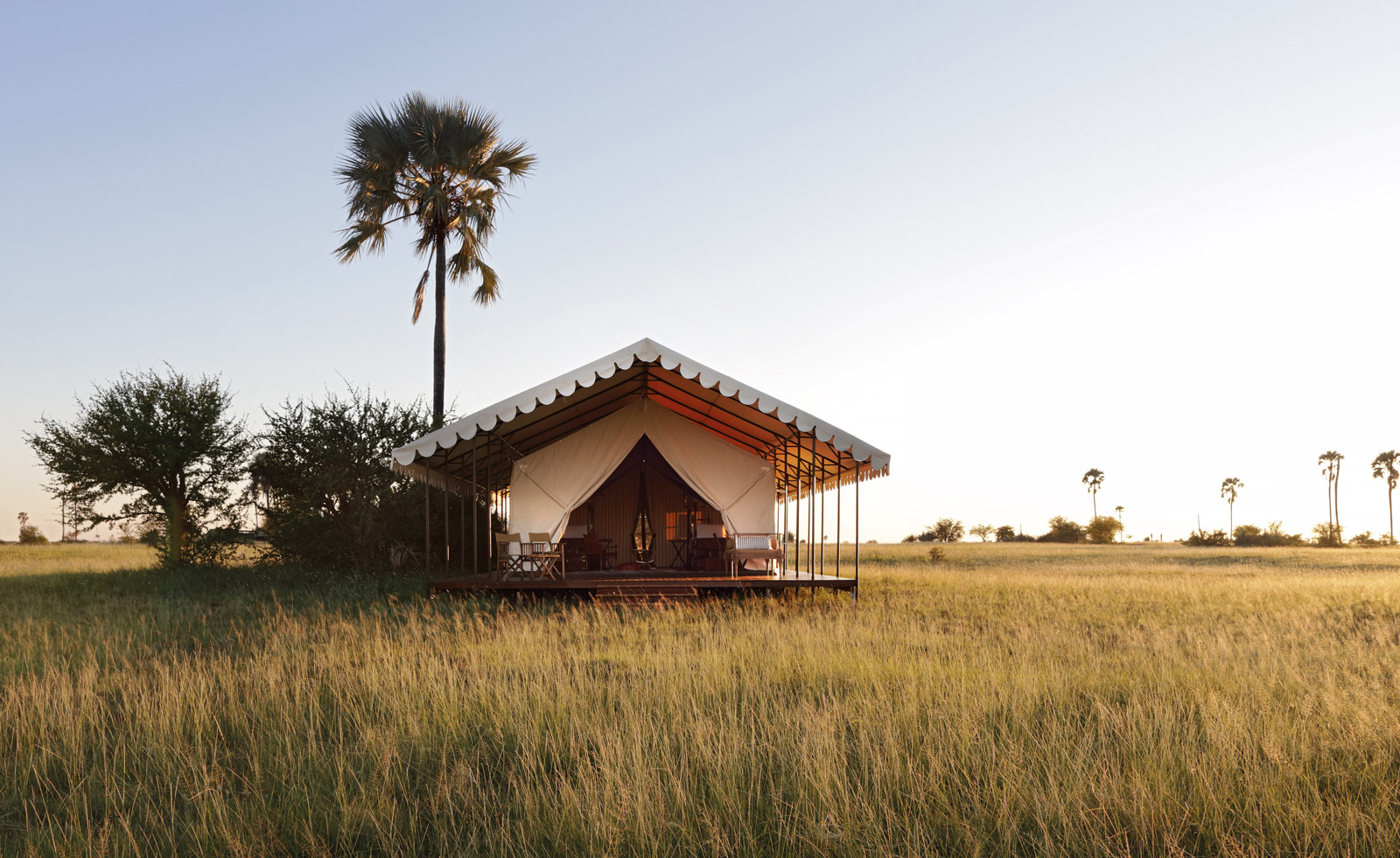
San Camp, Botswana
Gardiner embraced the desolation of the desert in her selection, which celebrates its solitude. ‘After all, that is what draws many of us to the desert. Standing alone in a vast landscape, the scale of the desert seems even grander. I also wanted to prioritise places that felt respectful of their environment.
‘When looking at desert architecture, I like thinking about how people have lived, built, and thrived in harsh environments for longer than I can imagine. And that a new wave of contemporary desert architecture is continuing that long history of learning to adapt to our environment.’
Receive our daily digest of inspiration, escapism and design stories from around the world direct to your inbox.
'Desert Escapes' is published by Lannoo
Available from amazon.co.uk
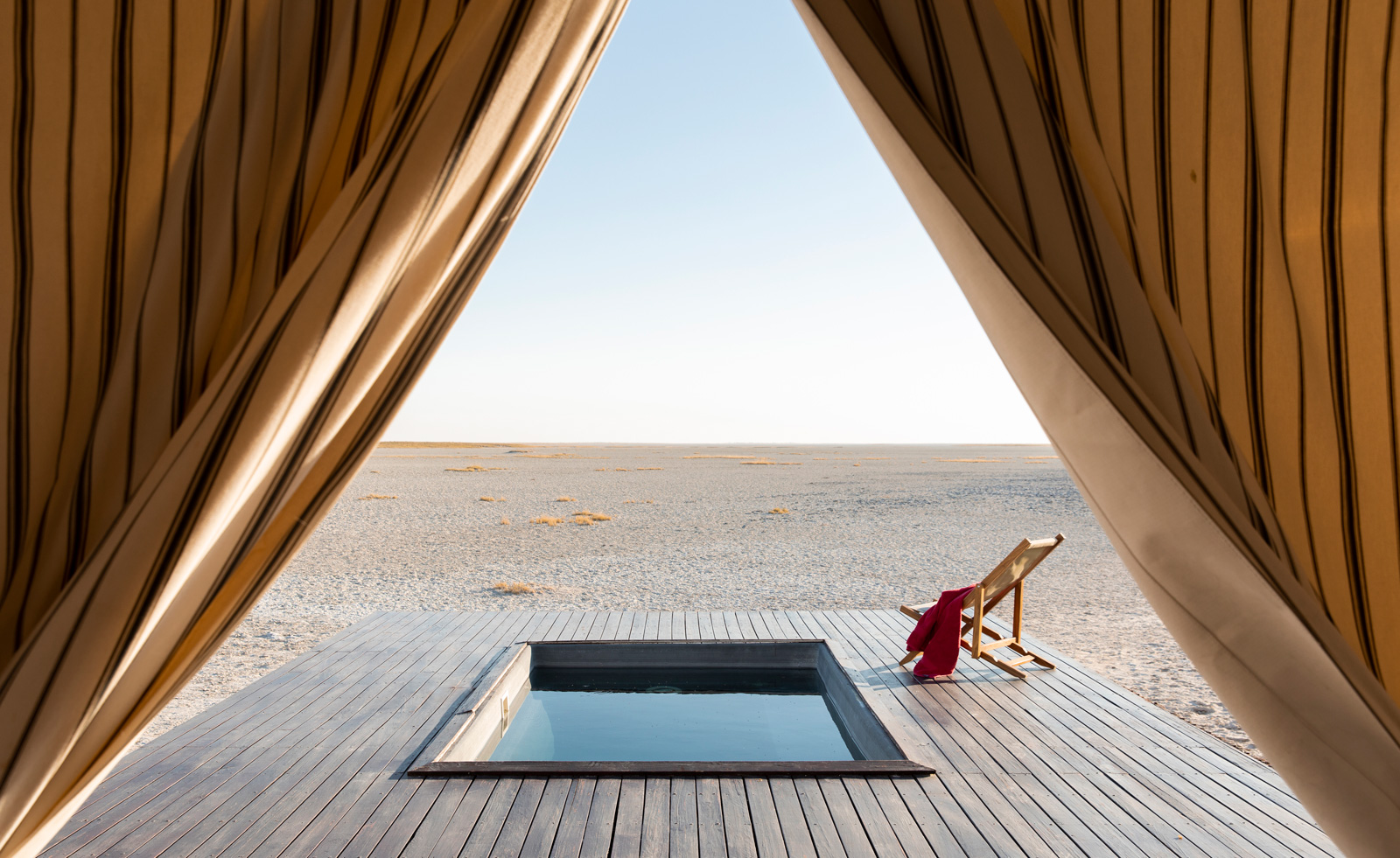
San Camp, Botswana
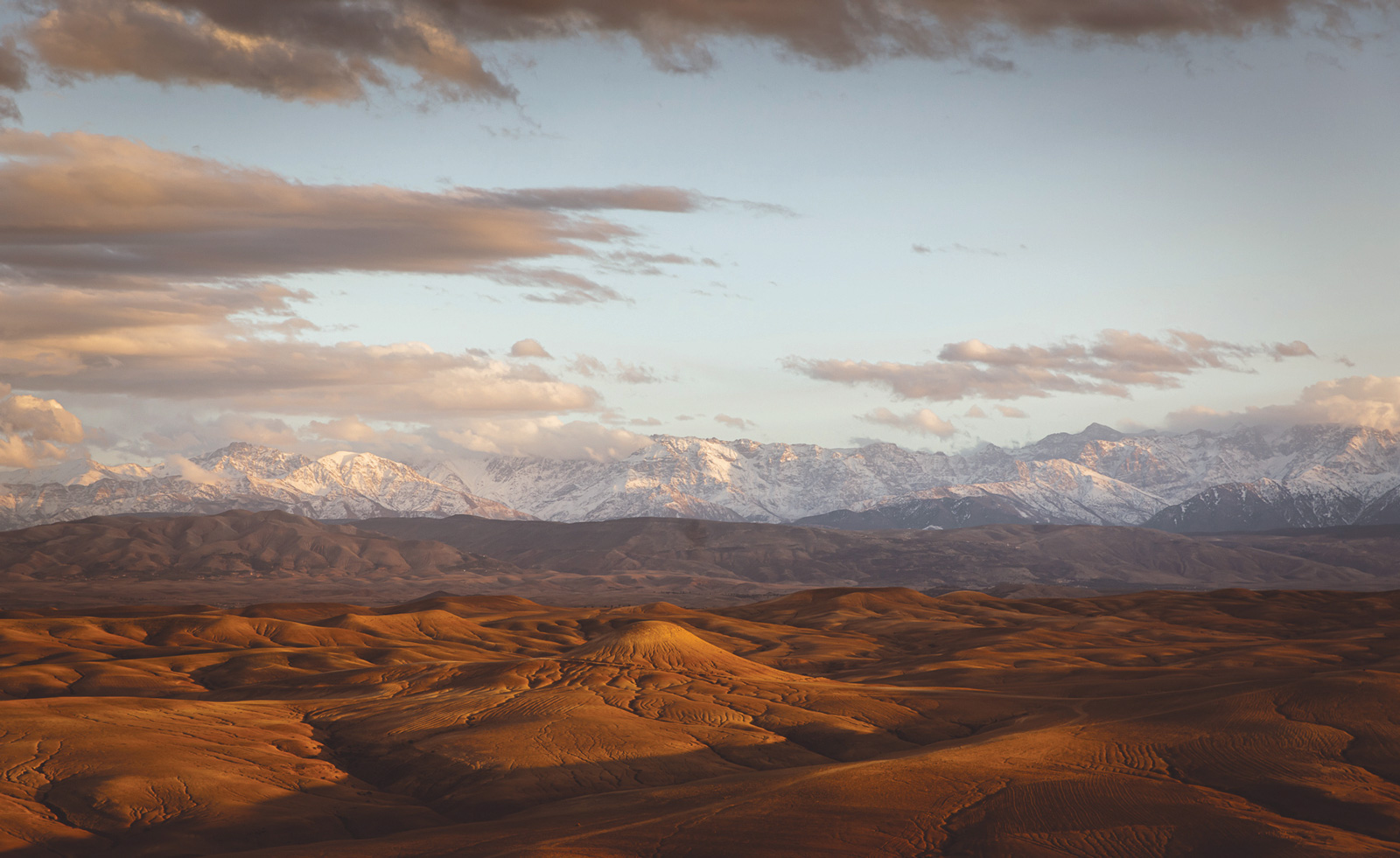
Scarabeo Camp, Morocco
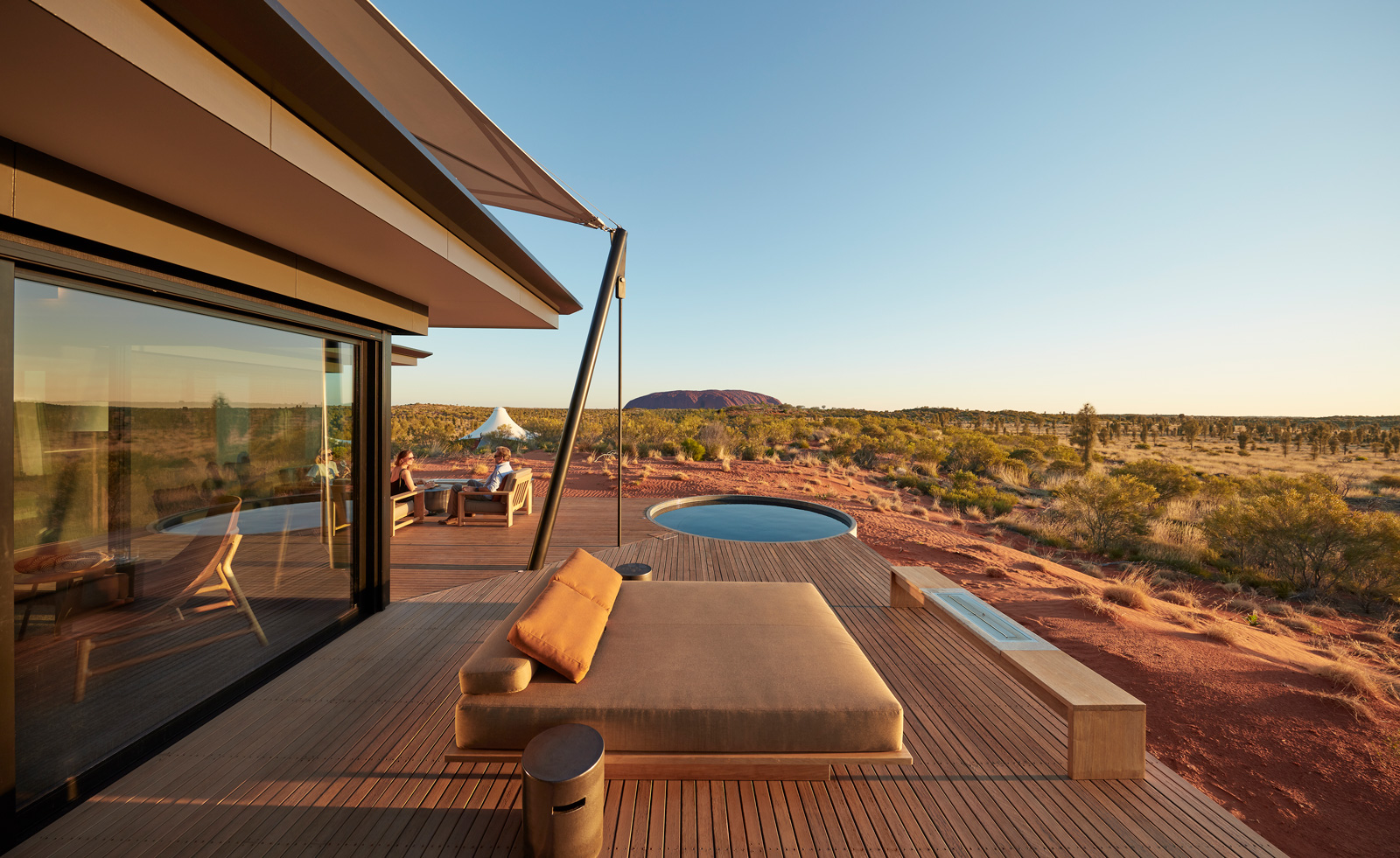
Longitude 131°, Australia
Hannah Silver is the Art, Culture, Watches & Jewellery Editor of Wallpaper*. Since joining in 2019, she has overseen offbeat art trends and conducted in-depth profiles, as well as writing and commissioning extensively across the worlds of culture and luxury. She enjoys travelling, visiting artists' studios and viewing exhibitions around the world, and has interviewed artists and designers including Maggi Hambling, William Kentridge, Jonathan Anderson, Chantal Joffe, Lubaina Himid, Tilda Swinton and Mickalene Thomas.
-
 Robert Therrien's largest-ever museum show in Los Angeles is enduringly appealing
Robert Therrien's largest-ever museum show in Los Angeles is enduringly appealing'This is a Story' at The Broad unites 120 of Robert Therrien's sculptures, paintings and works on paper
-
 The Wallpaper* style team recall their personal style moments of 2025
The Wallpaper* style team recall their personal style moments of 2025In a landmark year for fashion, the Wallpaper* style editors found joy in the new – from Matthieu Blazy’s Chanel debut to a clean slate at Jil Sander
-
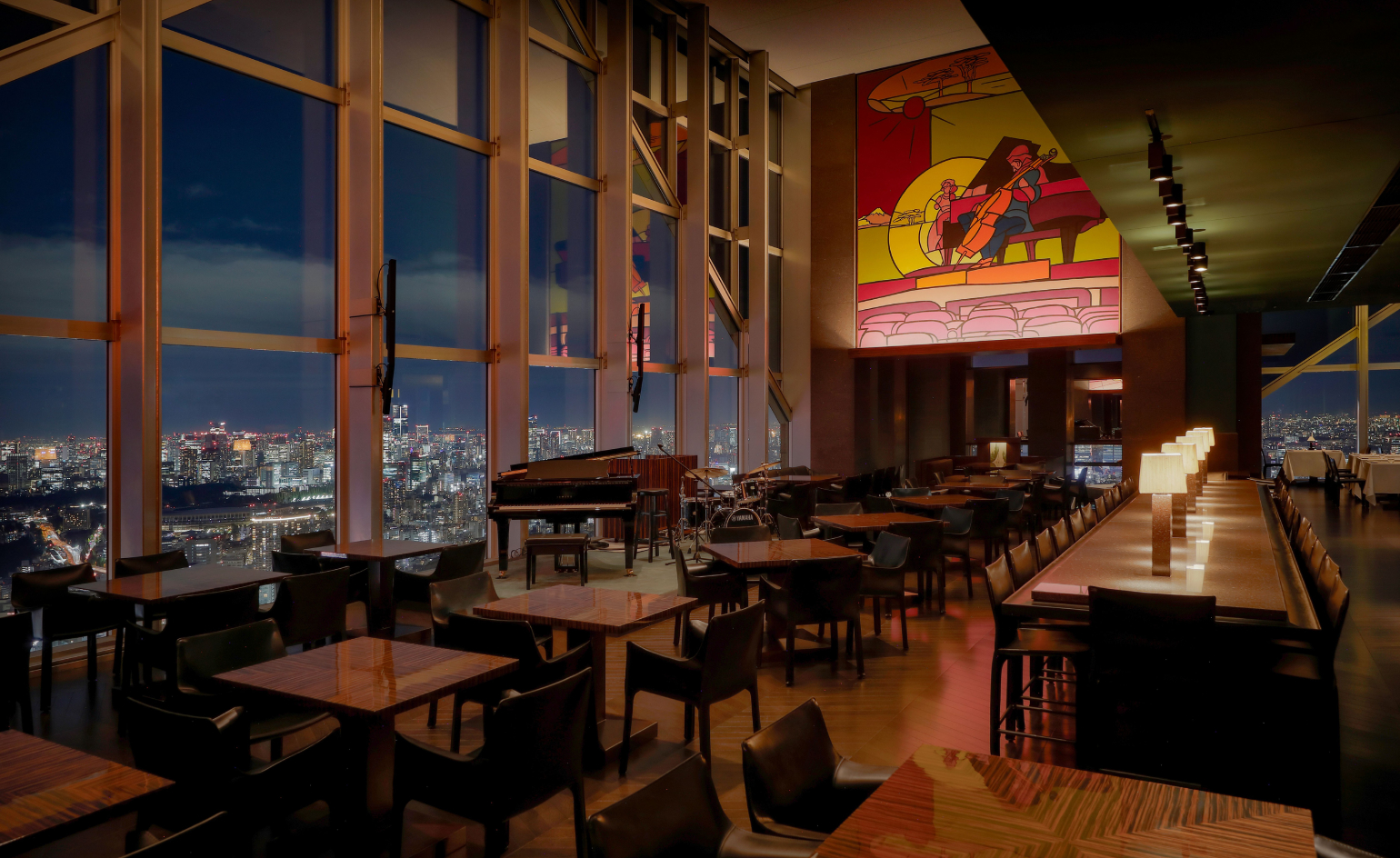 Tokyo’s most cinematic stay reopens as an exercise in architectural self-control
Tokyo’s most cinematic stay reopens as an exercise in architectural self-controlPark Hyatt Tokyo and Studio Jouin Manku demonstrate how design can evolve without erasing memory, balancing modernist heritage with contemporary comfort